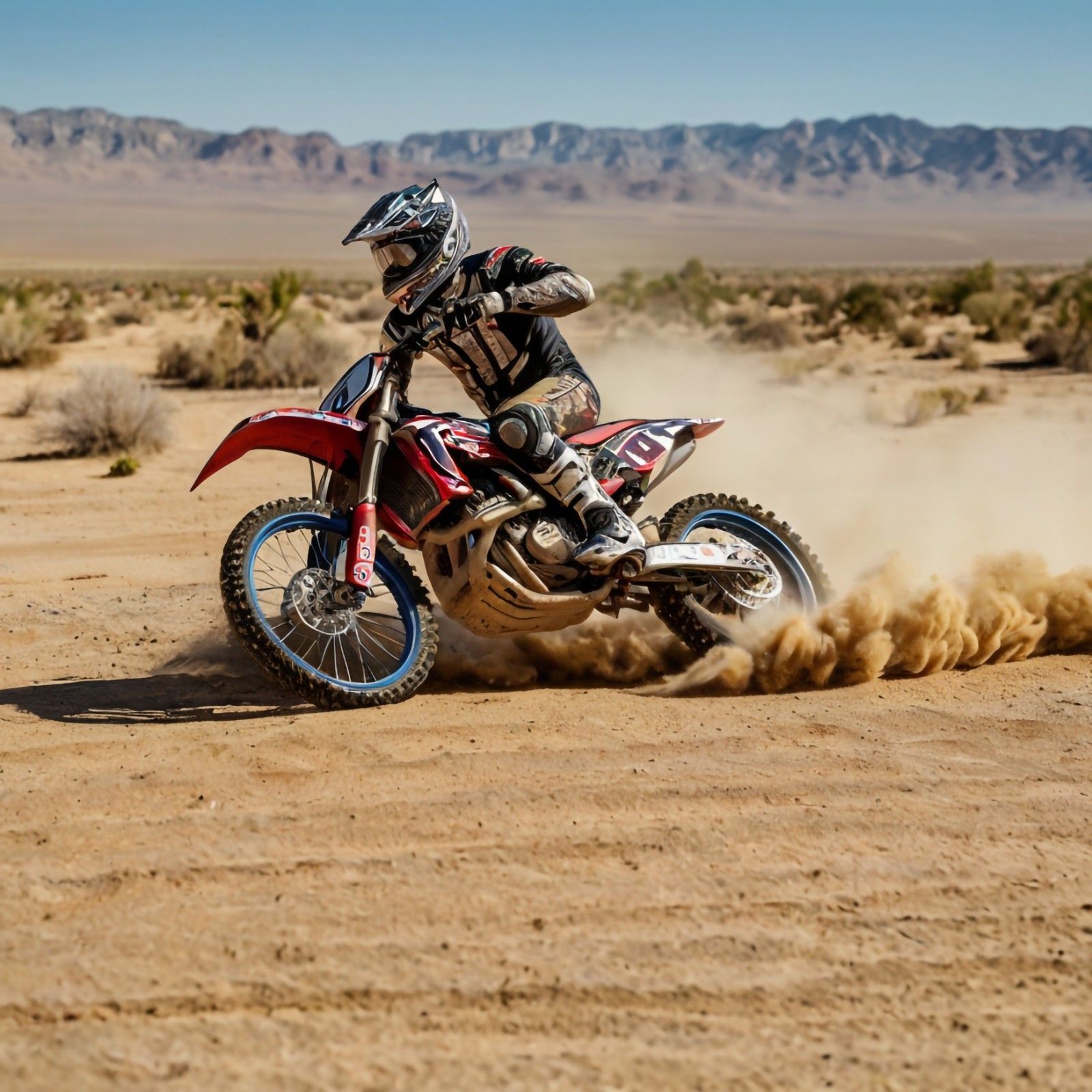The bikes used in motorcycle rallies have evolved significantly over the years, with innovations that have transformed them from basic, rugged machines into high-performance racing machines. Understanding the development of these bikes is essential not only to appreciate the sport itself but also to recognize how technology has played a key role in pushing the limits of what these motorcycles can achieve in extreme conditions.
Early Rally Bikes: Simple and Rugged
In the early days of motorcycle rallies, bikes were built for one primary purpose: to endure the toughest off-road terrains. These early rally bikes were relatively simple in design, focusing on durability and reliability rather than advanced technology. They were often based on modified road-going motorcycles and had limited suspension systems, which made them uncomfortable for long-distance races on uneven, rugged terrains.
These bikes were typically heavier, with less powerful engines, and their suspension systems were often basic, only offering minimal comfort or control over challenging surfaces. Despite these limitations, these early motorcycles had a rugged, no-frills approach, and their ability to endure through basic mechanical designs was crucial in the unforgiving environments of rally racing.
The Evolution: From Simple to Advanced Technology
As rally racing became more popular, the need for better-performing bikes grew. Manufacturers realized that in order to stay competitive in increasingly grueling races like the Dakar Rally, motorcycles would need to be much more than just durable—they had to be engineered for speed, control, and comfort over extremely long distances and challenging terrains.

